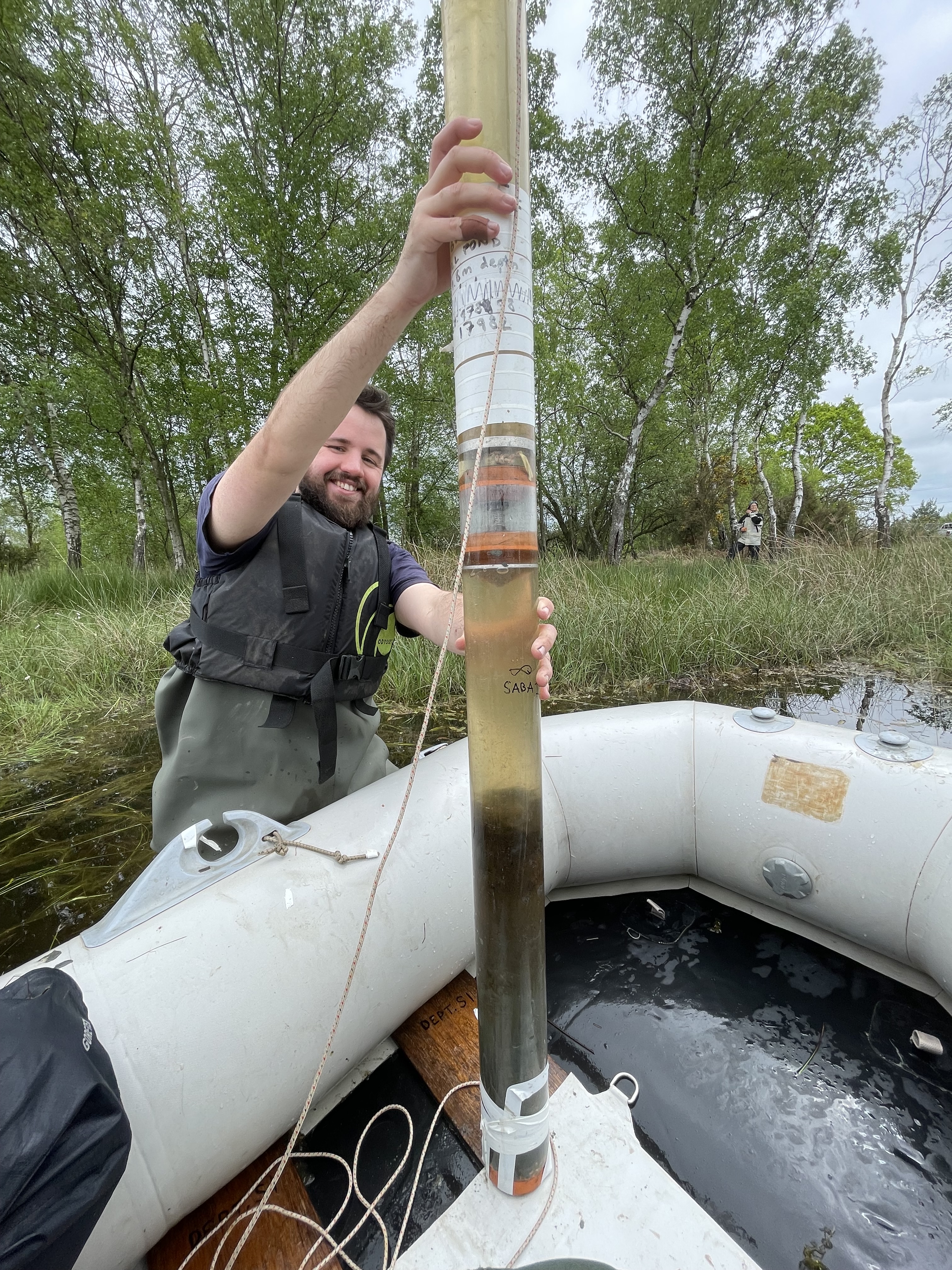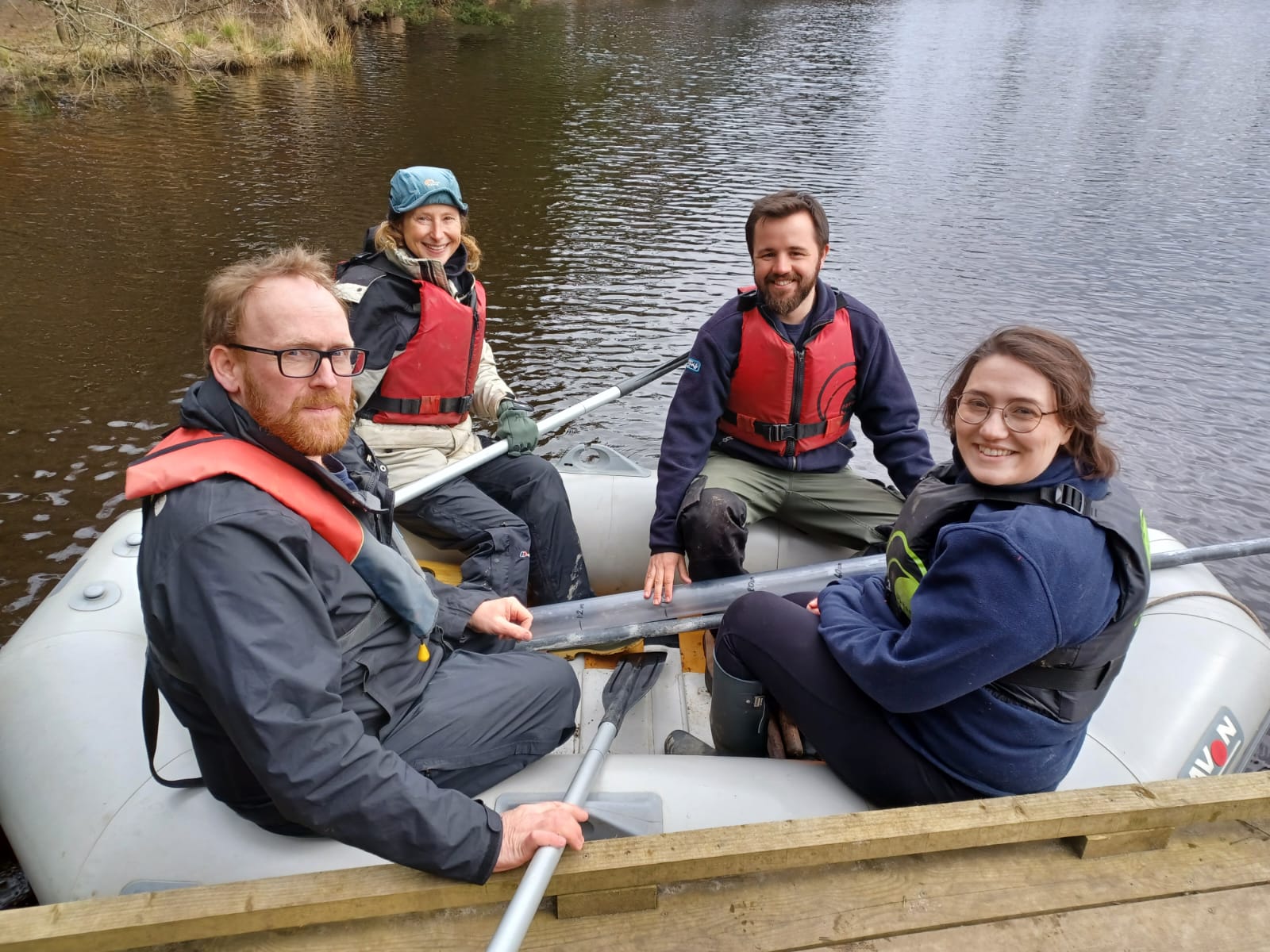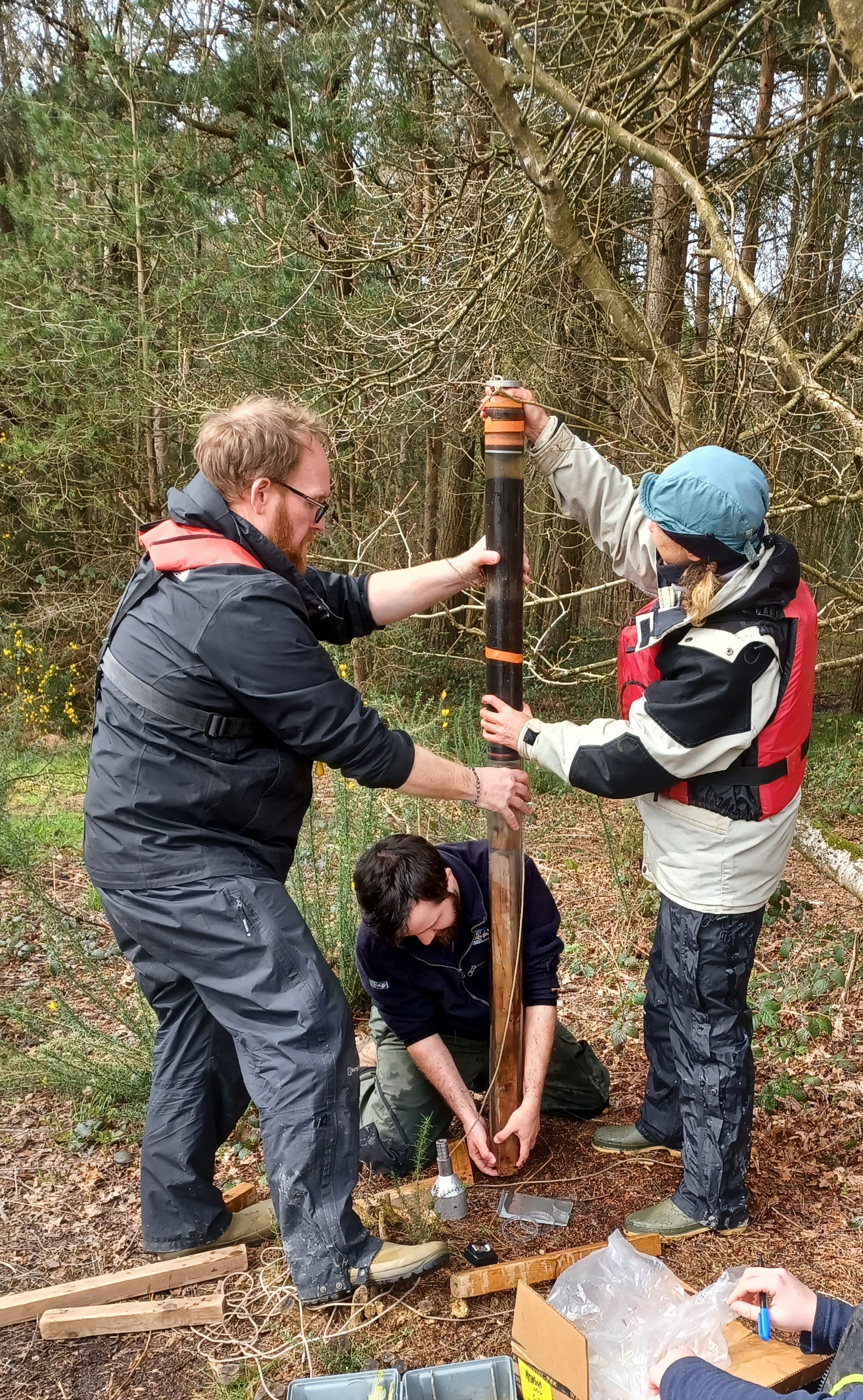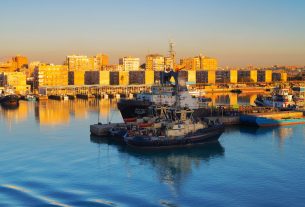In this new series, The Applied Ecologist is amplifying the staff and student voices from the University of Surrey’s Centre for Environment and Sustainability to showcase their diverse, interdisciplinary body of work and to help inspire the next generation.
In this post, we share below recent research by Ben Siggery.
Meet Ben Siggery

I’m a Practitioner Doctorate Student (PDS) student at the Centre for Environment and Sustainability, and I split my time between the Centre and the Surrey Wildlife Trust, the latter being the industry partner for my PhD.
I’m part way through my PhD research project, which is focused on developing the integration of palaeoecology in UK conservation. My work is part of the Space4Nature project, which is in partnership between Surrey Wildlife Trust and the University of Surrey, Buglife and Painshill Park.
What are you working on right now?
One exciting thing I worked on last year was exploring the impacts of wildfire at the Chobham Common National Nature Reserve in Surrey, using sediment cores. Through looking at the reserve’s diatoms, macrofossils, Spheroidal Carbonaceous Particles (SCPs) and macro-charcoal, we have been able to build a complex picture of the site’s history over the last few hundred years.
At present, the evidence gathered so far about the site suggests there will be increased wildfires within the last 50 years. However, prior to that, the site experienced less wildfires and had a greater diversity of aquatic plants and insects. We know this because the diatoms, which have been used to reconstruct the site’s pH via a transfer function, show that the site has become less acidic in recent years following the increase in wildfire occurrence.

The outcomes of this project will help us make evidence-based management recommendations to support the inclusion of palaeoecology within conservation practice. For example, via setting more informed restoration targets.
Who in the Centre are you working with? What stakeholders do you work with?
Within the Centre for Environment and Sustainability, my PhD supervisors are Richard Murphy and Steve Morse. They really help to give a wider perspective to my project with their breadth of experience. My PhD itself is also inherently linked to the work of the Surrey Wildlife Trust, and as part of this I work with Ana Andries on the Trust’s Space4Nature project. It is fantastic to work together to build something very technical but driven by a real-world application.
Before starting my PhD, I previously worked for Surrey Wildlife Trust, and for one day a week I continue with my previous role with them, overseeing research projects and university engagement. I’ve been working with other Wildlife Trusts as well, who are also interested in the potential that palaeoecology has to offer conservation practice.
Why is this project important?
The outcomes of my project aim to develop developing the integration of palaeoecology in UK conservation. This is really important as palaeoecology has a huge potential to help us address questions and challenges in conservation but is currently underutilised and generally inaccessible for most practitioners.
If palaeoecology can be made more accessible and relevant for conservation practitioners, it will mean that the evidence it provides can be utilised in decision making for ecosystem management and restoration.
At Chobham Common, this is of particular importance for approaches to heathland management – where there are currently lots of questions surrounding its future direction including
- Should we rewet the heaths?
- Should we allow more scrub growth?
It is also important in relation to conservation policy and legislation. Chobham Common has multiple designations (NNR, SPA, SSSI, SAC, etc) and with those come prescriptions from Natural England that must be adhered to by land managers. Many of these prescriptions are based on the state of the site at the time of designation (e.g.,1970s or 1980s), so there is a key question here as to how degraded the site already was at that time, and if the recovery should be aiming beyond this.

What are the future implications of your research project?
I hope that my work helps to bridge the gap between conservation practice and palaeoecological research and help palaeoecology to become a more embedded toolkit for conservationists. There are lots of avenues to explore that I may not get to in the duration of my PhD, but I think we need to think about the potential role of palaeoecological research upcoming conservation policy and paradigms, such as Biodiversity Net Gain and nature-based solutions.
More details about the Space4Nature Project
Read my first piece of research published from the PhD and find out more information about my work at Chobham Common.
You can also see a video about the project that was made for the Space4Nature open forum event:
Discover more posts from the Centre for Environment and Sustainability blog series.
